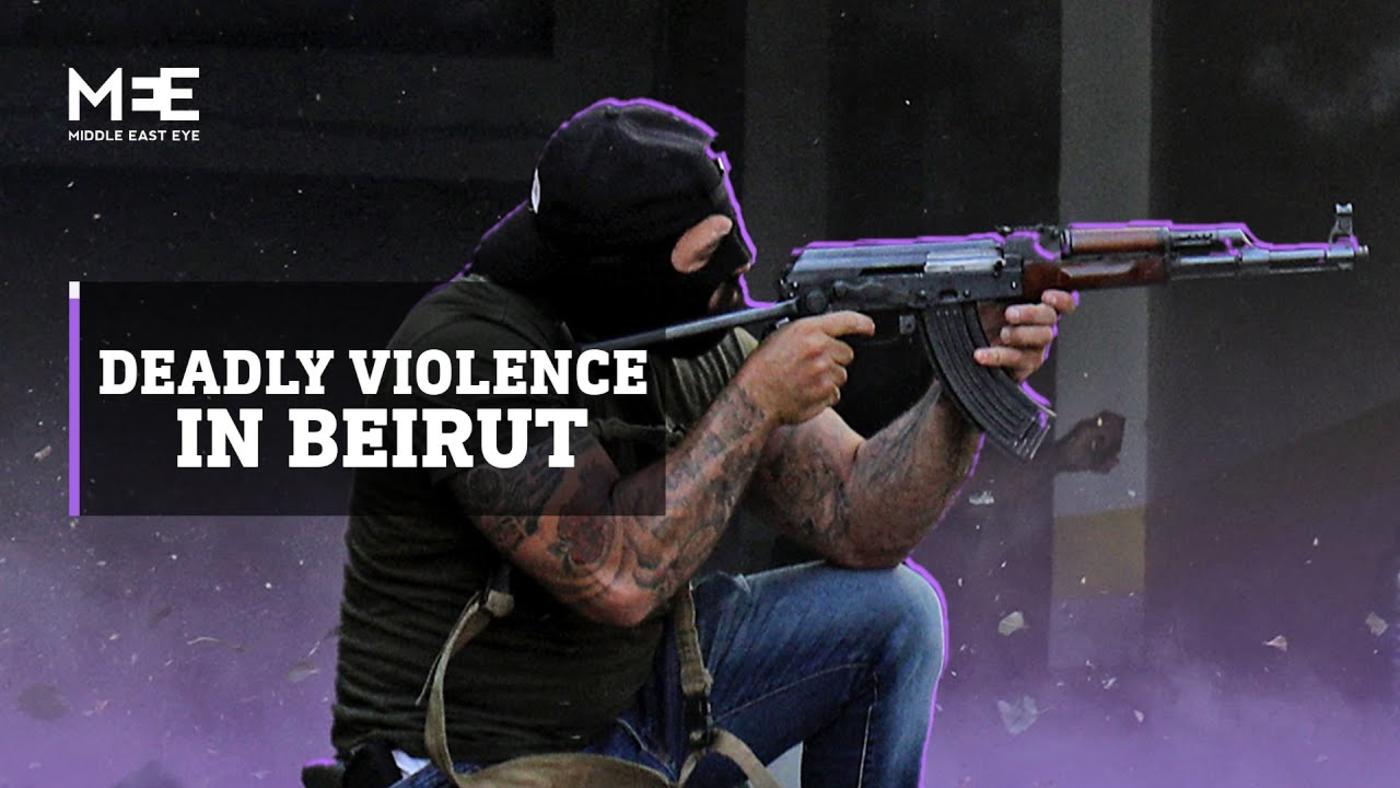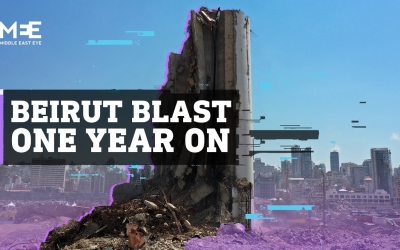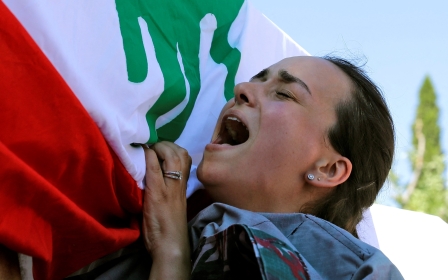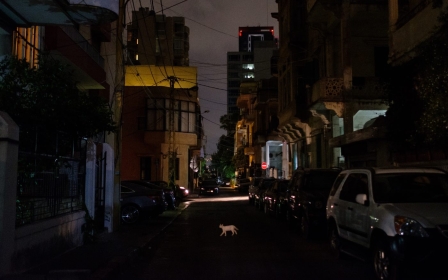Beirut clashes: What is happening in Lebanon?
A deadly hours-long clash on Thursday during a protest in Beirut has made headlines, marking the most significant gun battles in Lebanon's capital in years.
Middle East Eye answers your questions on the situation, as well as the larger circumstances behind the tensions that led to Thursday’s clashes.
Why was there a protest in Beirut?
Clashes erupted on Thursday morning on the margins of a protest outside the Palace of Justice demanding the removal of Tarek Bitar as lead judge of an ongoing domestic investigation into the August 2020 Beirut port explosion.
The hundreds of protesters, largely supporters of the Hezbollah and Amal movements, accuse Bitar of being “biased” and unfit to lead the probe.
New MEE newsletter: Jerusalem Dispatch
Sign up to get the latest insights and analysis on Israel-Palestine, alongside Turkey Unpacked and other MEE newsletters
How did the clashes start and who was involved?
Shortly after the demonstration began, however, snipers located on rooftops in the Tayouneh-Badaro area began shooting in their direction. The situation then escalated into a full-blown gunfight.
While Hezbollah and Amal supporters were among those who engaged in the gunfight from the ground, it remains unclear till now to what group, if any, the snipers belong.
Hezbollah has accused the mostly Christian, right-wing Lebanese Forces (LF) movement of being behind the violence, while the LF rejected Hezbollah’s claims and accused the powerful party of trying to stir up public opinion in its favour.
Any casualties?
Residents of the area meanwhile found themselves trapped in their homes and schools amid the unending stream of bullets and rocket-propelled grenade launchers (RPGs) fired over the span of four hours.
The latest toll from the violence stands at seven killed, including a 24-year-old woman hit by a stray bullet while inside her home, and dozens wounded.
As of mid-afternoon, fighting had come to a halt after the army rushed to cordon off the area and deploy forces.
What is the Beirut explosion investigation about?
On 4 August 2020, a fire in the Beirut port led to one of the biggest non-nuclear explosions in history, ripping through entire neighbourhoods of the capital, injuring thousands and leaving 300,000 homeless.
There has yet to be a definitive death toll for the blast, with estimates ranging from 214 - some of whom are still not officially accounted for in government tallies - to as high as 252.
It quickly emerged that the devastating blast had been caused by hundreds of tonnes of confiscated ammonium nitrate - a chemical compound used in both fertiliser and bombs - that had been improperly stored for years in the heart of the Lebanese capital.
An official Lebanese judicial probe was opened less than two weeks later in order to investigate the circumstances that led to the explosion - including who was aware of the dangers posed by the ammonium nitrate but failed to act.
Two dozen suspects were arrested shortly after the blast, including high-ranking port officials.
Why is the probe so controversial?
The explosion has been widely seen in the country as a consequence of longstanding corruption and cronyism from the Lebanese ruling class - and the political tensions surrounding the investigation have shown how sensitive political parties have been over who they perceive to be unduly targeted.
One of the major dilemmas in carrying out the probe has been the issue of legal immunity held by many political figures for whom there may be grounds for interrogation, or who are otherwise suspected of holding some degree of responsibility for the catastrophe.
The first judge put in charge of the investigation, Fadi Sawan, was removed from his post in February after he charged and summoned four former ministers - including Hassan Diab, the prime minister at the time of the blast.
Complaints filed by former finance minister Ali Hassan Khalil and former public works minister Ghazi Zaiter, both members of the Amal party, against Sawan led to his removal by the Court of Cassation.
His replacement, Bitar, is now similarly under fire after summoning several former ministers - including Zaiter and Khalil - for questioning.
Lebanese MPs have balked at lifting their own political immunity - but according to the constitution, this immunity does not apply between the time when a new government receives a vote of confidence and the next regular parliamentary session.
This has been the case since mid-September until 19 October, and Bitar has sought to take advantage of this temporary reprieve. However, lawsuits filed by officials against the judge have led to the investigation being frozen twice in the past month, and Bitar now only has a few days until parliamentarians are once again shielded from prosecution.
While no senior officials have yet been held accountable for the explosion, at least six of the port officials who had been detained in the wake of the explosion have been released.
The difficulties in carrying out the investigation have led many in and outside Lebanon to call for a UN-backed international, independent, and impartial probe into the disaster - arguing that the domestic investigation has been repeatedly obstructed.
What happens next?
The violence on Thursday saw comparisons drawn with the civil war that engulfed Lebanon between 1975 and 1990, in no small part due to the parties involved being still led by former warlords from the era.
The Palace of Justice, close to where the clashes took place on Thursday, is itself near what was once known at the Green Line demarcating between east and west Beirut at the height of the war.
However, it’s still too early to predict where things might be headed.
The new government, which was sworn in on 20 September after more than a year of political paralysis, now finds itself split over how to proceed with Judge Bitar. The tricky game of balancing Lebanon’s different political parties and sectarian affiliations in governance means that consensus will be hard to find.
One thing is for certain: struggling under a devastating economic crisis that has led to mass fuel shortages and electricity blackouts with far-reaching consequences on healthcare, basic transportation and access to food, Lebanon is already on edge.
Whether or not tensions degenerate further into armed conflict, the situation is already extremely dire for millions in the country - and more than a year later, justice for victims of the explosion seems further away than ever.
Middle East Eye delivers independent and unrivalled coverage and analysis of the Middle East, North Africa and beyond. To learn more about republishing this content and the associated fees, please fill out this form. More about MEE can be found here.








